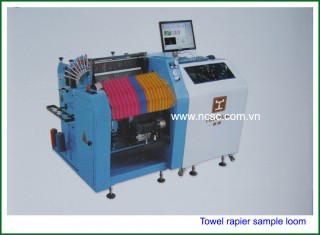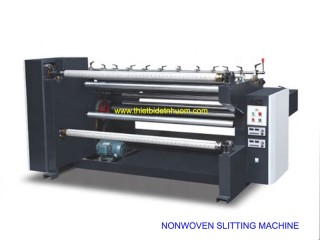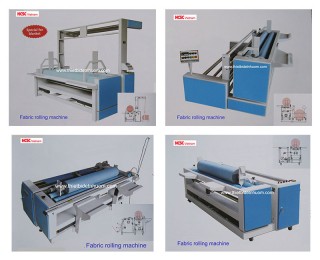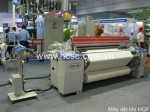Olimpia build new plants recovered 100% liquid dye
Olimpias, the company under the management of the family Beneton (Italy) has opened a wastewater treatment plant the first in Europe with the ability to recover up to 100% through outsourcing water from the textile dyeing factory.
Post date: 03-05-2016
2,809 view(s)
The company said, "Before the renovation of wastewater treatment plants, textile factories in Osijek (Croatian) using 1,600 m3 of water a day, only 10.5% were recovered from treatment. Today, thanks to the innovation, the water recovery rate has increased to approximately 70% relative duong1.000 m3 a day. "
This can significantly reduce (less than 600 m3 / day) to suck up water from the well, leading to reduced costs while bringing environmental benefits. Typically, 1,000 m3 of water equivalent to the amount used by 7,000 individuals daily.
Olimpias new plant may recover gradually, up to 100% of water used - the most tangible results of the project Saving Water Processing Textile (Wasatex) by European Union funding as part the program of ecological innovation (eco-innovation Programme), with the participation of companies specialized in industrial systems and wastewater treatment process.
Wastewater treatment plant can only remove old effective organic matter that can not handle the inorganic components such as hardness, alkalinity, silica, chloride, sulphate and heavy metals, causing water handled in production can not be used again. For comparison, a new water purification plant includes many advanced technologies such as bio reactor membrane, cleansing purification equipment and purification equipment used plastic softeners used in addition to the reverse osmosis system is capable water produces perfect and technically stable, with hardness values and total dissolved solids (TDS) is very low.
Furthermore, the system allows recovery nanofiltration sodium chloride for reuse in the plant dye, and finally XO system allows downstream emissions reduction, demolition and removal of complex molecules with feces high-energy particles such as chemical oxygen demand (COD) and color.
The project also enables significant energy savings. Filtered water in fact has an average temperature of 30oC compared to 15oC water wells, so the energy required to heat the dye bath is significantly reduced, and ultimately can reduce production costs further.
Reducing emissions equivalent to 1,250 tons of CO2 a year is also significant benefits.
Finally, the project allowed Wasatex improve finished product quality, due to filtered water and recirculation ensures high color fastness and reduce the use of detergents and auxiliaries.
Source : Vinatex
Relate News
- › Goods ”made in China” is no longer available
- › Jeans: you may not know!
- › Recycling old clothes - opportunities for start-up Vietnam
- › Viral membrane separation from water
- › Nam Dinh Textiles - the end of a village of textile
- › Product of bedding - Made in VN
- › Heat resistant Fabric up to 1200 Celsius
- › Dyeing techlonogy super save water
- › Thies”s new dyeing technology exhibited at ITMA 2015
- › Imported equipment from Japan, Korea increased











Send your comment